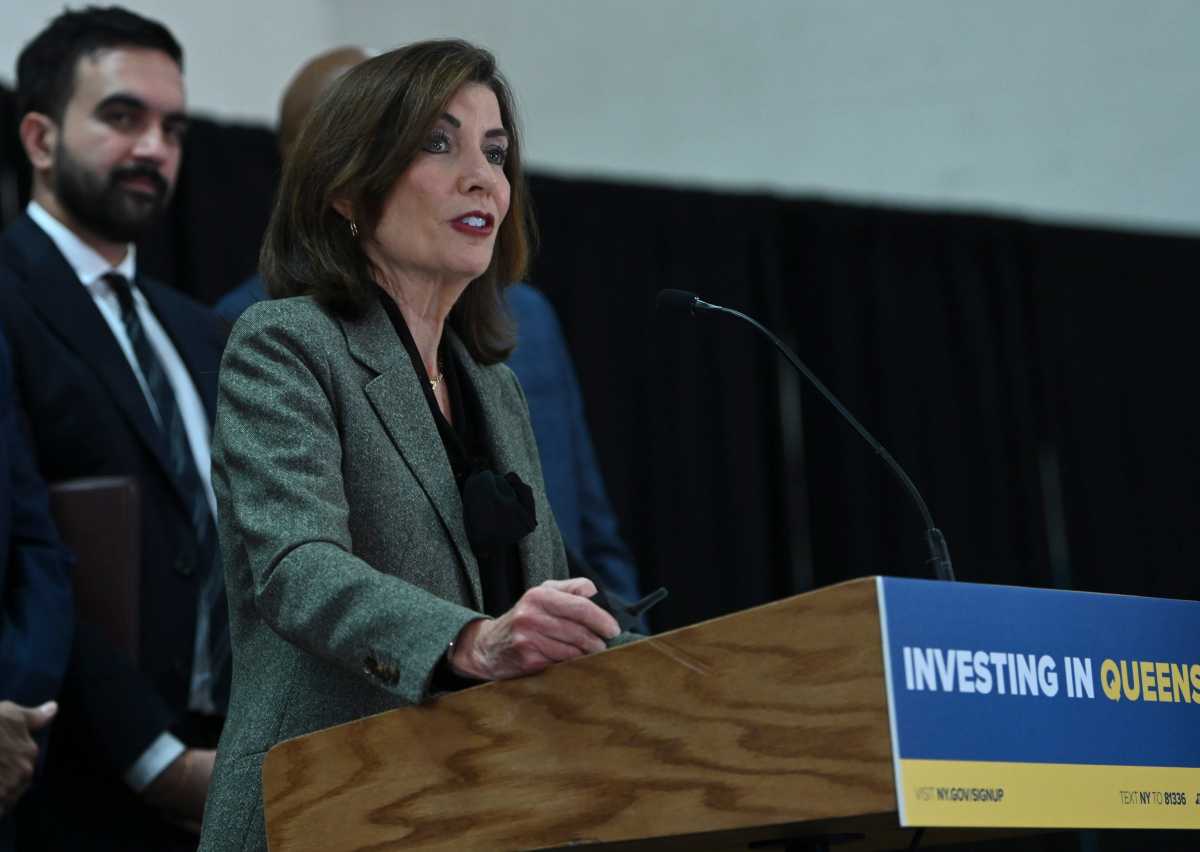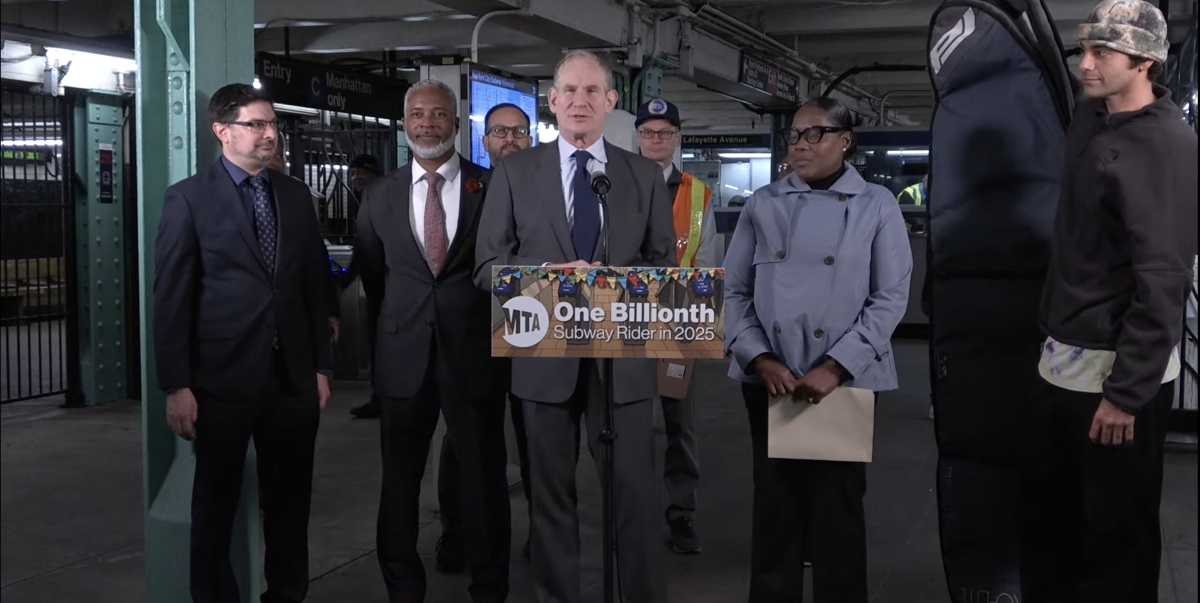Other big details about the far-reaching impact of a Superfund designation for the Gowanus Canal trickled out of Tuesday’s meeting. Here’s a round-up of all the major action:
Corporate polluters
The Environmental Protection Agency said for the first time that it will target National Grid, the global gas utility, as the main party responsible for a Superfund clean-up.
So if the Superfund designation goes through, the EPA would try to wring money from the corporate successor to Brooklyn Union Gas and Keyspan to pay for a significant amount of the estimated $300 million to $400 million to decontaminate the Gowanus.
National Grid is already cleaning and monitoring three former gas plants around the canal as part of a state remediation program, but the company expressed dismay that the EPA had singled it out from all the industrial companies and successors that operated along the canal in the last 150 years.
“It is far too early in the process to identify or rank the potentially responsible parties on the Gowanus Canal,” said a statement released by company spokeswoman Karen Young. “We were disappointed to hear that the regulators have made statements prejudging this issue.”
Residential development
The Bloomberg administration disclosed that its own hyped proposal to rezone many manufacturing blocks around the canal for residential use was dead in the water.
The city says that mere talk of a Superfund designation will scare off $400 million in private investment it expects the rezoning to generate.
“The prospect of a [Superfund] listing has already put a pause on the rezoning,” said Caswell Holloway, the chief of staff to Deputy Mayor Ed Skyler.
Health study
The EPA dashed the hopes of worried residents that a Superfund listing would begin a decisive health study to determine if there are any grave, long-term hazards from living, breathing, working or recreating near the canal.
A Superfund designation triggers a health consultation, but such a review only examines existing data because it must be hastily completed within one year.
Such studies typically result in simple precautions, such placing a fence along the perimeter of the polluted area and posting warning signs about eating fish from the canal, said Angela Carpenter, a chief of the special projects branch of the EPA.
“It’s not a comprehensive epidemiological study,” said Carpenter.




















